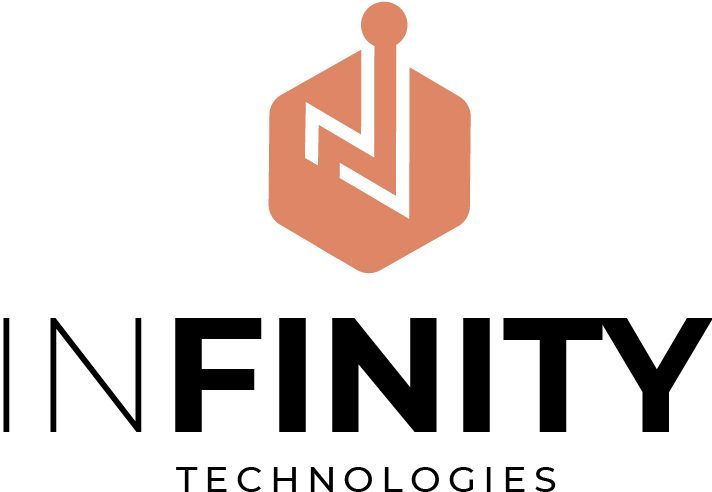Never before has an industry been viewed with such skepticism from its beginning. The adoption of ecommerce in India has increased exponentially over the past few years. According to Assocham, online retail was worth $3.9 billion in 2009. By 2016, it had grown to $38 billion. In 2020, it is estimated that online retail will generate $100 billion in revenue. India’s e-commerce has grown significantly this year despite a major setback towards the end of 2016 (read demonetization). Images credit: Shutterstock Indians bought more than just fashion and electronics online in 2016 – they also purchased furniture, daily necessities, and gift cards. Online shopping is now hassle-free thanks to initiatives like quality assurance, free returns, and no-cost EMI. Online marketplaces such as Flipkart and Amazon India have seen the customer mature with the ecosystem. Vishal Chadha, Senior Vice President (Business), Snapdeal, noted that new customer segments had adopted online commerce in 2016. He also stated there was a greater acceptance of digital transaction methods. He said that the delivery of functional advantages like speed, convenience, and price also led to massive growth in non-metros in India. Here are a few of the most interesting ecommerce trends from 2016.
Evolution of the Customer
Flipkart, Snapdeal, and Amazon India saw that men were more active consumers than women. This was especially true for electronics and lifestyle items. Amazon India said that they do not track their customers’ demographics and, therefore, declined to share any information. Flipkart customers, over 60% of whom are men, tend to shop more for electronics, personal audio products, footwear, and lifestyle items. Snapdeal’s male customers favored personal care and grooming, which saw a 58 percent increase in the metro regions. Snapdeal’s sales in 2016 were dominated by Tier-II and above cities. Snapdeal’s skincare sales grew by 77 percent year-on-year. The makeup category was extremely popular among women shoppers. It grew by 345 percent in one year. Flipkart noted that it also sold quirky products in 2016, such as energy-saving bulbs and condoms. It also listed printer ink, slimming pants, protein supplements, massagers, blood pressure monitors, hookahs, and hookah flavors. Flipkart’s most active online shoppers were 25-34-year-olds, while 15% of its shoppers came from the 45+ age bracket, which is viewed as being more resistant to shopping online. Snapdeal received 82 percent of its traffic from mobile platforms, including the app and mobile website. Flipkart’s mobile platform and app accounted for 80 percent of their ‘digital footfall.
Customers buy online every day
E-commerce platforms are able to maintain and create demand through regular sales, flash sales, and exclusive launches. This encourages online shoppers to return on a regular schedule. E-commerce companies’ ultimate goal is to make shopping online a habit that people do every day or repeatedly. Flipkart has tried it in different ways. Snapdeal and Amazon have also done so. Amazon, which claims to have experienced a 100 percent growth year-over-year in 2016, launched multiple initiatives on this front in 2016. It gave Indians access to products from around the world that they would not otherwise have been able to access. AmazonNow and Amazon Pantry allow customers to order groceries and other necessities from their local stores and have them delivered in 90 minutes or the next day. Customers can replenish products such as personal care essentials according to their schedules through the ‘Subscribe & Save’ feature, which was introduced in 2016. This feature reduces the inconvenience caused by repeat orders for customers with automatic deliveries from recorded lists. Snapdeal partnered with Zomato, Redbus, and Urbanclap in July 2016 to cross-sell the offerings of these players on its platform. This increased its stickiness among customers. Flipkart shut down its Nearby grocery vertical in February 2016 and relies primarily on exclusive partnerships and product launches to attract customers.
Alternative and innovative financing options
This year, more aspirational and high-value products, such as premium phones and consumer electronics, as well as appliances, were purchased. Flipkart’s ‘No Cost EMI and Product Exchange” option accounted for about half of the sales made on its platform. Online retailers, such as Bajaj Finserv, are working with NBFCs to provide zero-interest EMIs since banks are prohibited from doing so. Hitachi Capital Consumer Finance conducted a survey and found that 83 percent are strongly influenced by financing offers to make purchases. It is, therefore, important to provide customers with options that are attractive and available on demand. These initiatives, along with the cashback provided by Paytm and CashKaro and the loans offered by NBFC platforms such as ZestMoney, which offer EMI options to consumers without credit cards, have boosted ecommerce sales. CashCare Technology Pvt Ltd allows customers to pay for their purchases made from (their partners) e-tailers using EMIs over 3-12 months. All of these initiatives enable consumers to fulfill their impulse buying needs, purchase products they desire, and pay them in monthly installments. Credit rating agencies, such as Credit Information Bureau India Limited, which keeps credit scores of online buyers, are used by e-commerce sites to know the credit history of their customers.




